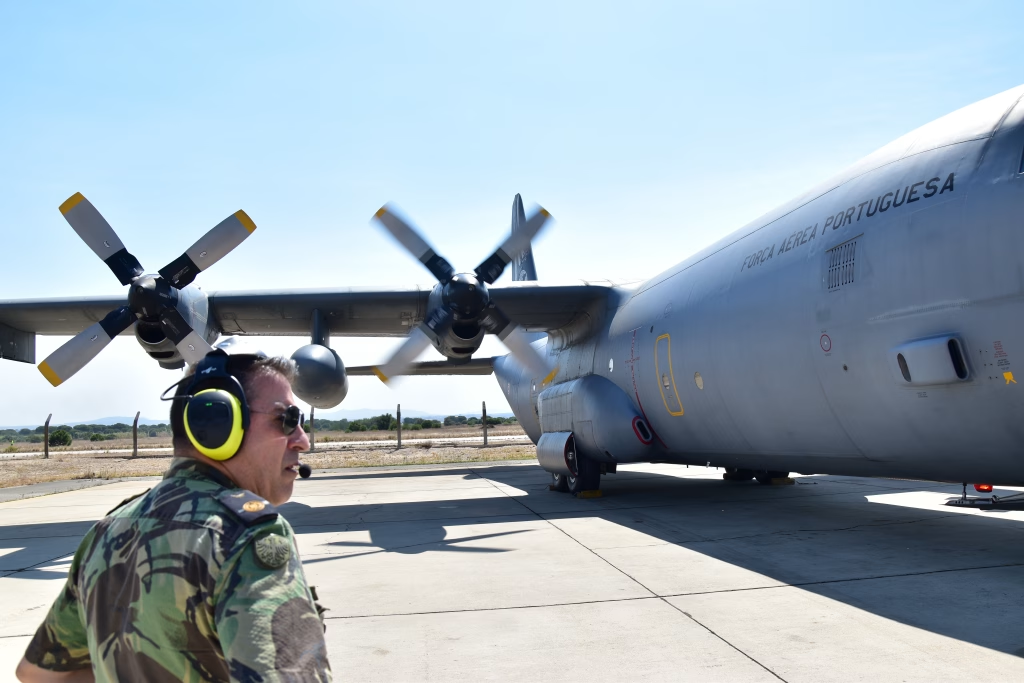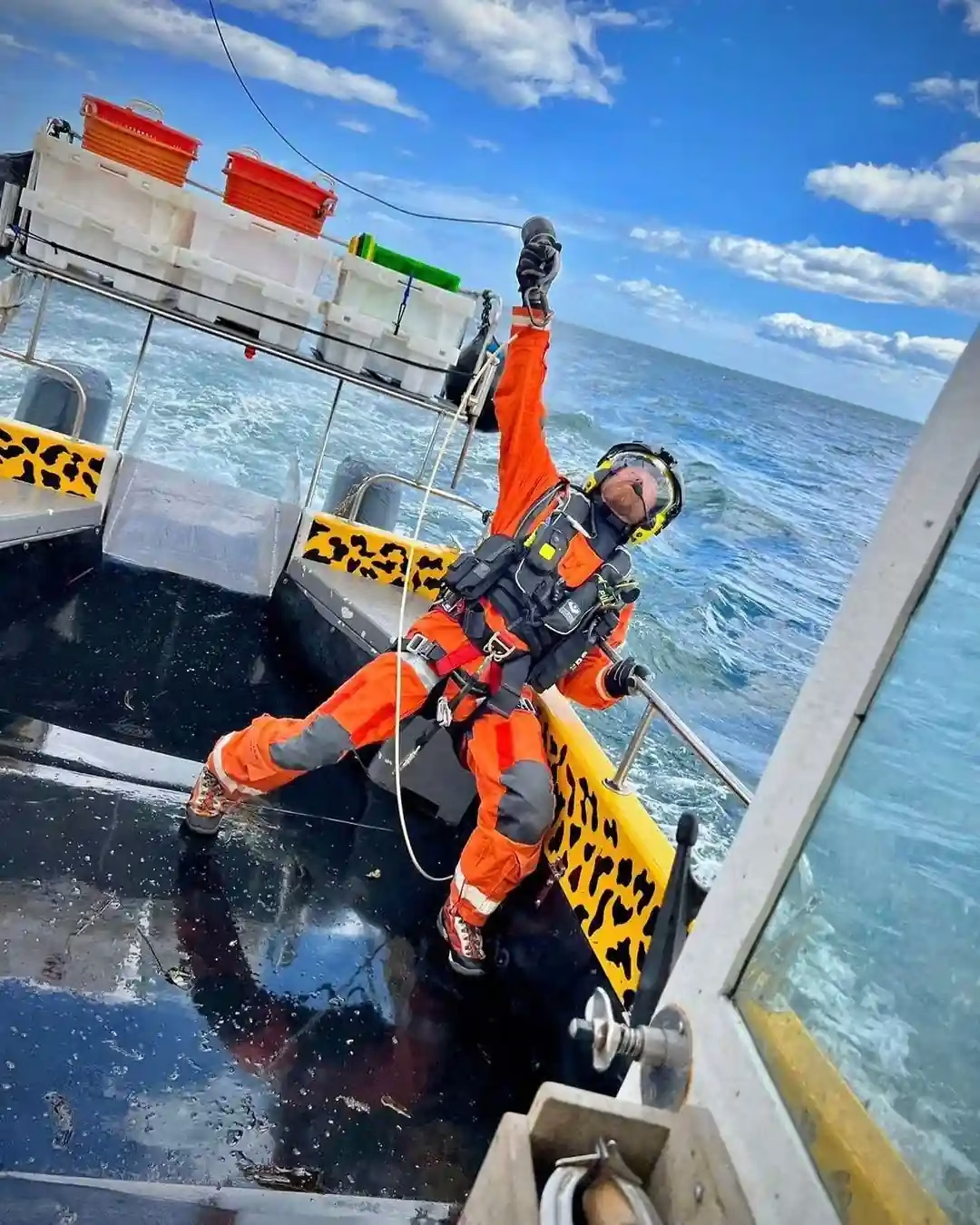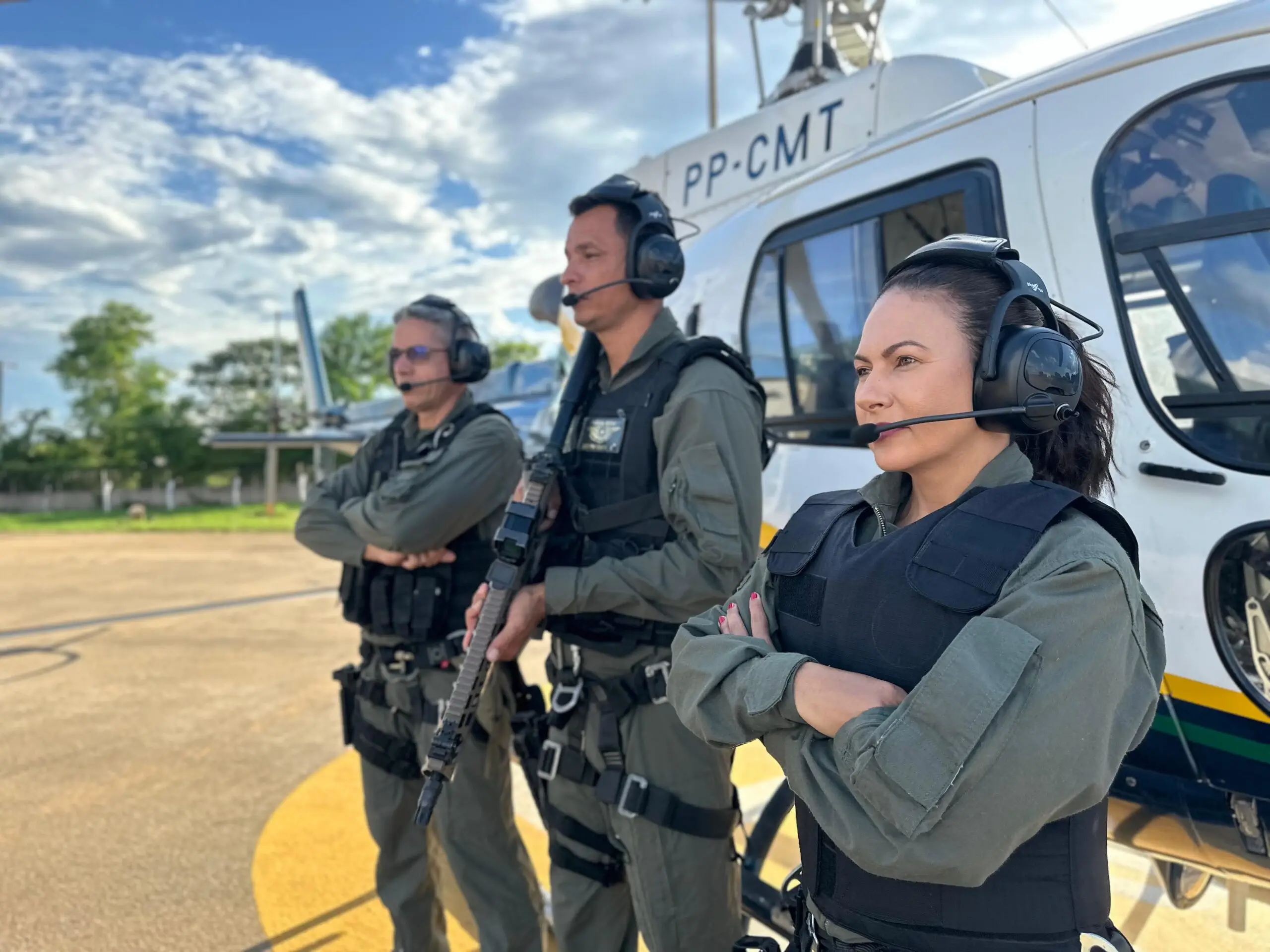In modern warfare, where speed, precision and coordination determine mission success, secure military communication systems are mission-critical. These technologies keep forces connected, informed and synchronized across land, sea and air. From encrypted tactical radios to satellite uplinks, secure, real-time communication is the lifeline of operations in hostile or remote environments. This article explores how advanced systems are designed, deployed and trusted by armed forces worldwide, and how Globalsys contributes to this essential domain.
👉 Explore our wireless intercom systems tailored for mission-critical military environments.
Understanding the role of communication in military operations
Communication is the backbone of every mission. It enables troops, command centers and allied forces to share information instantly and securely. Whether coordinating air support, relaying reconnaissance data or managing logistics, an uninterrupted secure network is essential for operational success.
Military communications ensure a constant and protected flow of battlefield information, enabling commanders to make informed decisions in real time.
Key components of a modern military communication system
A military-grade communication setup combines robust hardware, secure software and advanced encryption to maintain real-time, confidential exchanges between units in the harshest conditions. Core elements include:
- Tactical radios with secure, frequency-hopping channels
- Satellite communications for long-range coordination
- Mobile intercom systems for ground and air crews
- Encryption-enabled headsets and rugged microphones
- Command-and-control terminals for strategic oversight
- Radio Communication protocols designed to avoid interception
From field radios to encrypted digital networks
Historically, analog radios were vulnerable to interception and jamming. Modern digital radio systems now use multi-layered encryption like AES-256 or NATO-standard algorithms, strong authentication and redundant pathways to ensure confidentiality and resilience even in electronic warfare environments.
Systems often incorporate software-defined radios to offer flexibility in the field and allow real-time reconfiguration.
Technologies ensuring secure and resilient communication
Encryption protocols and signal protection
Military encryption standards make intercepted transmissions useless without decryption keys. These protocols are updated continuously to counter evolving cyber threats.
Tactical radio systems and satellite links
On the ground, frequency-hopping radios reduce the risk of jamming or detection. For global operations, satellite communications connect dispersed units and command centers seamlessly.
The integration of digital systems with tactical communication systems provides multi-channel and multi-layer secure options.
Frequency usage and anti-jamming measures
Defense communication relies on dedicated UHF and VHF bands, protected by advanced anti-jamming technologies that adapt frequencies or reroute traffic to maintain mission flow.
High-end radio equipment ensures uninterrupted data transmission in all conditions.
Globalsys: mission-ready solutions for extreme conditions
At Globalsys, we develop wireless communication systems tailored to high-noise, high-risk military environments such as noisy airfields, combat zones or naval operations. Our military radios tactical intercom systems and encrypted headsets provide hands-free, real-time coordination for ground crews, pilots and naval teams. Fully compliant with NATO and international defense standards, our solutions deliver clear audio, secure transmission and rugged design, proven and trusted in real missions worldwide.
Real-world use: how armed forces stay connected in the field
Joint operations and allied force coordination
Multinational missions like NATO operations require systems that handle multiple languages, encryption levels and command structures to ensure secure interoperability across all partners.
These deployments reflect the principles of network-centric Warfare, where real-time data sharing improves agility and coordination.
Command-to-unit communication in remote areas
In regions with limited infrastructure such as mountains, deserts or conflict zones, satellite relays and mobile nodes maintain secure connections between isolated units and command centers.
Electronic warfare and cybersecurity defense
Modern threats include signal jamming and cyber attacks. Military networks rely on redundancy, secure relays and encrypted tunnels to keep communications flowing under attack.
Emerging uses of Artificial intelligence are being developed to detect threats and adapt systems autonomously.
Challenges shaping the future of defense communication
Preventing network intrusion and interception
Cyber defense measures like robust firewalls and real-time threat monitoring are critical to counter malware, spoofing and unauthorized access.
Ensuring redundancy and failover
Military systems are built with multiple fallback channels and redundant hardware to guarantee that a single point of failure does not compromise an entire mission.
Balancing speed, security and clarity
Extreme environments require equipment that maintains high audio quality and instant transmission despite noise, weather or physical barriers.
Battlefield communication systems must evolve to remain functional in evolving threat landscapes.
Equipment supporting modern mission requirements
- Rugged portable terminals and secure tablets for field data access and encrypted messaging
- Noise-canceling military headsets and military radios like Globalsys Airlink systems, designed for clarity in helicopters, airfields and naval operations
- Mobile command vehicles equipped with satellite communications and secure networking to coordinate frontline missions
- Field-tested in operations with the British Army and other allied forces
Standards ensuring global operability
NATO compliance and interoperability
Standardized protocols enable joint forces to communicate seamlessly using agreed encryption layers and frequency management.
National frequency regulation
Military bands are reserved and regulated to protect defense traffic from civilian interference or breaches.
Cross-border operations
Different nations’ encryption and security laws require adaptable solutions that remain effective and compliant in multinational contexts.
The future: smarter, more resilient networks
Emerging technologies are shaping next-generation systems:
- Artificial intelligence driven monitoring to detect and counter intrusions automatically
- Post-quantum encryption to resist future computing threats
- Self-healing, adaptive networks integrating air, land, sea, cyber and space domains into unified situational awareness
Secure, mission-ready communication is more than an asset; it is the deciding factor between chaos and control. At Globalsys, we are proud to deliver field-tested, innovative solutions that keep modern defense forces connected, protected and one step ahead.
👉 Learn more about our wireless intercom systems built for mission-critical defense operations.







